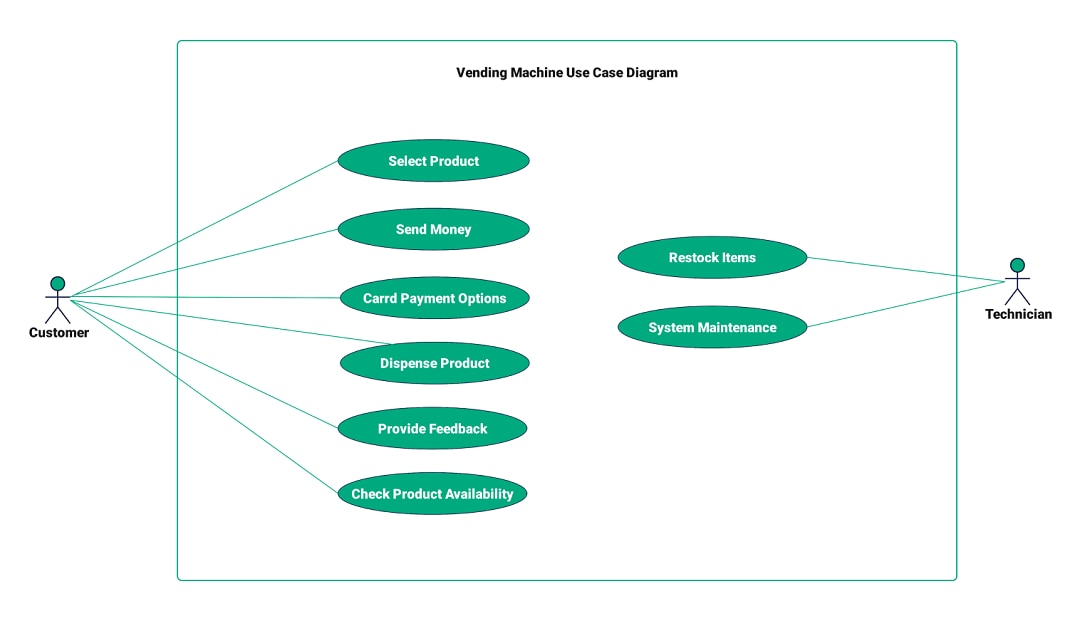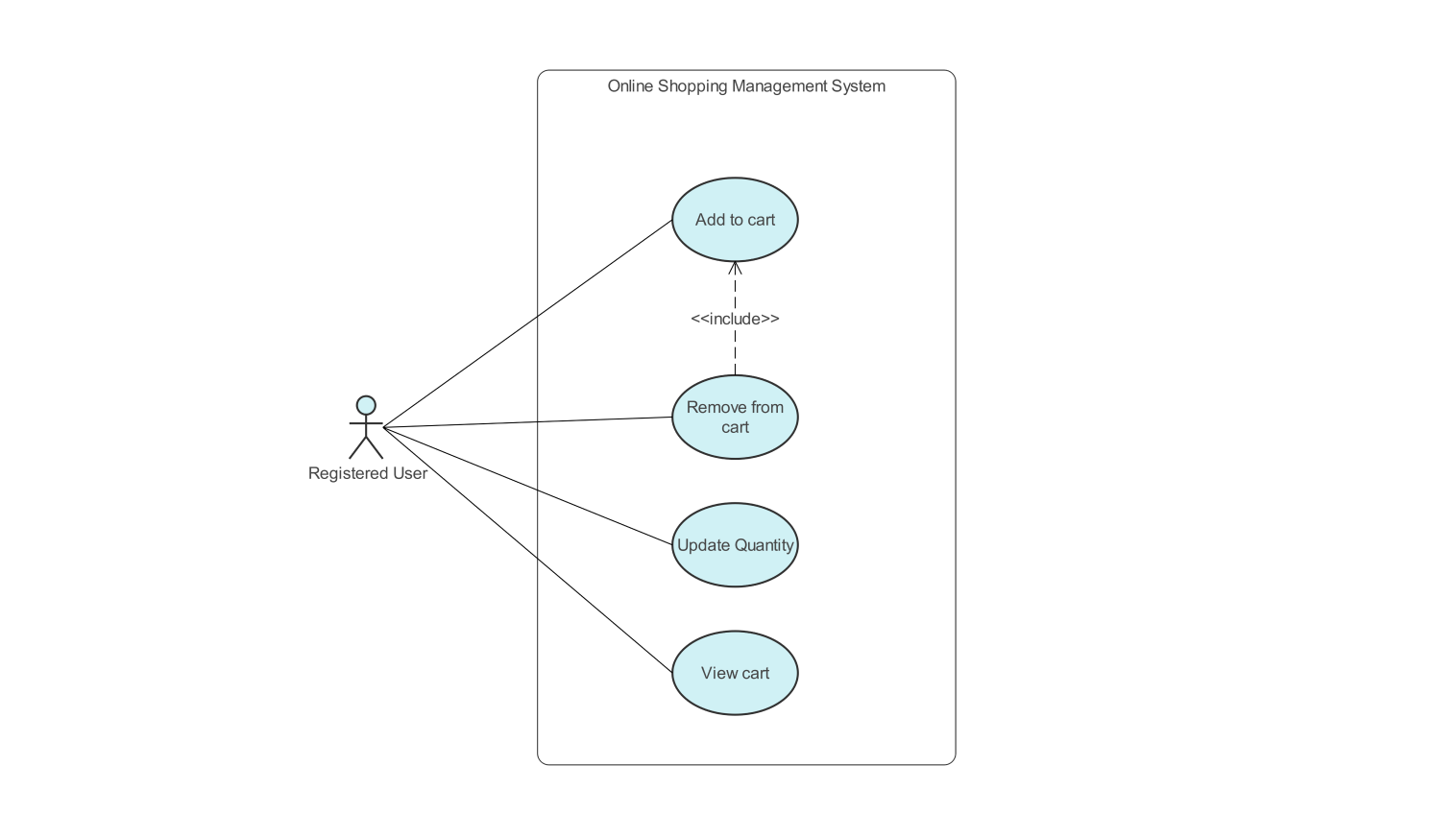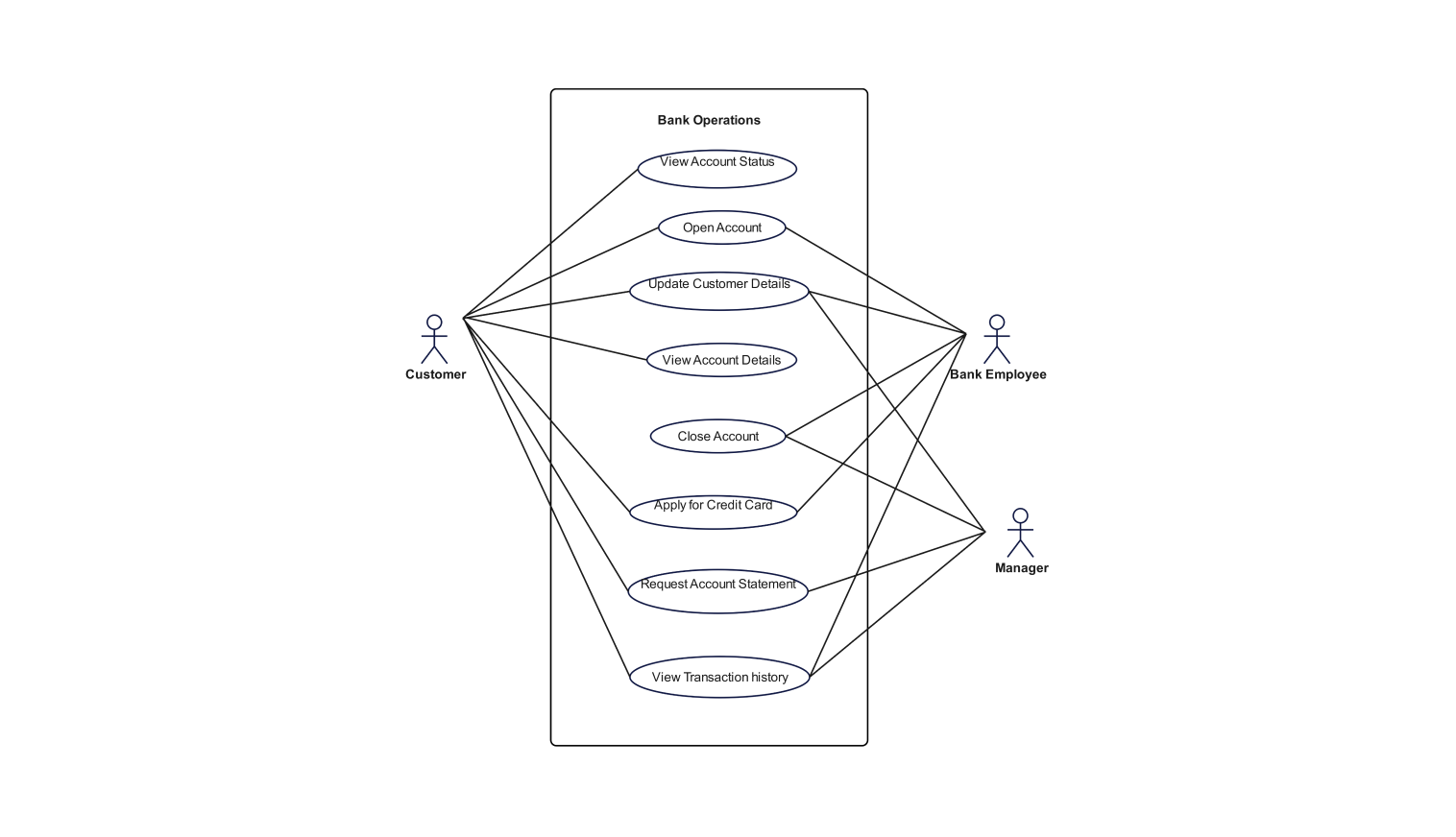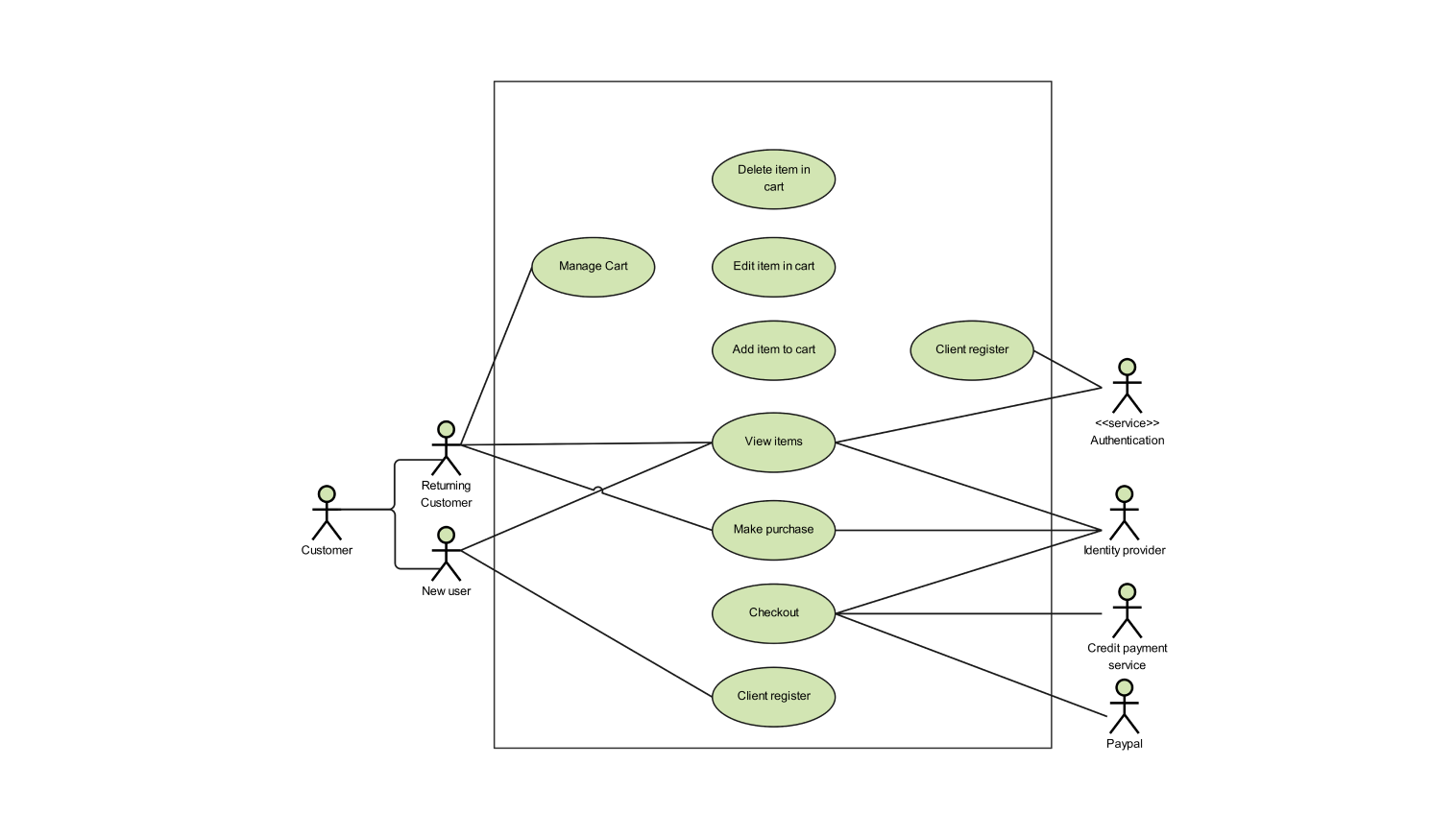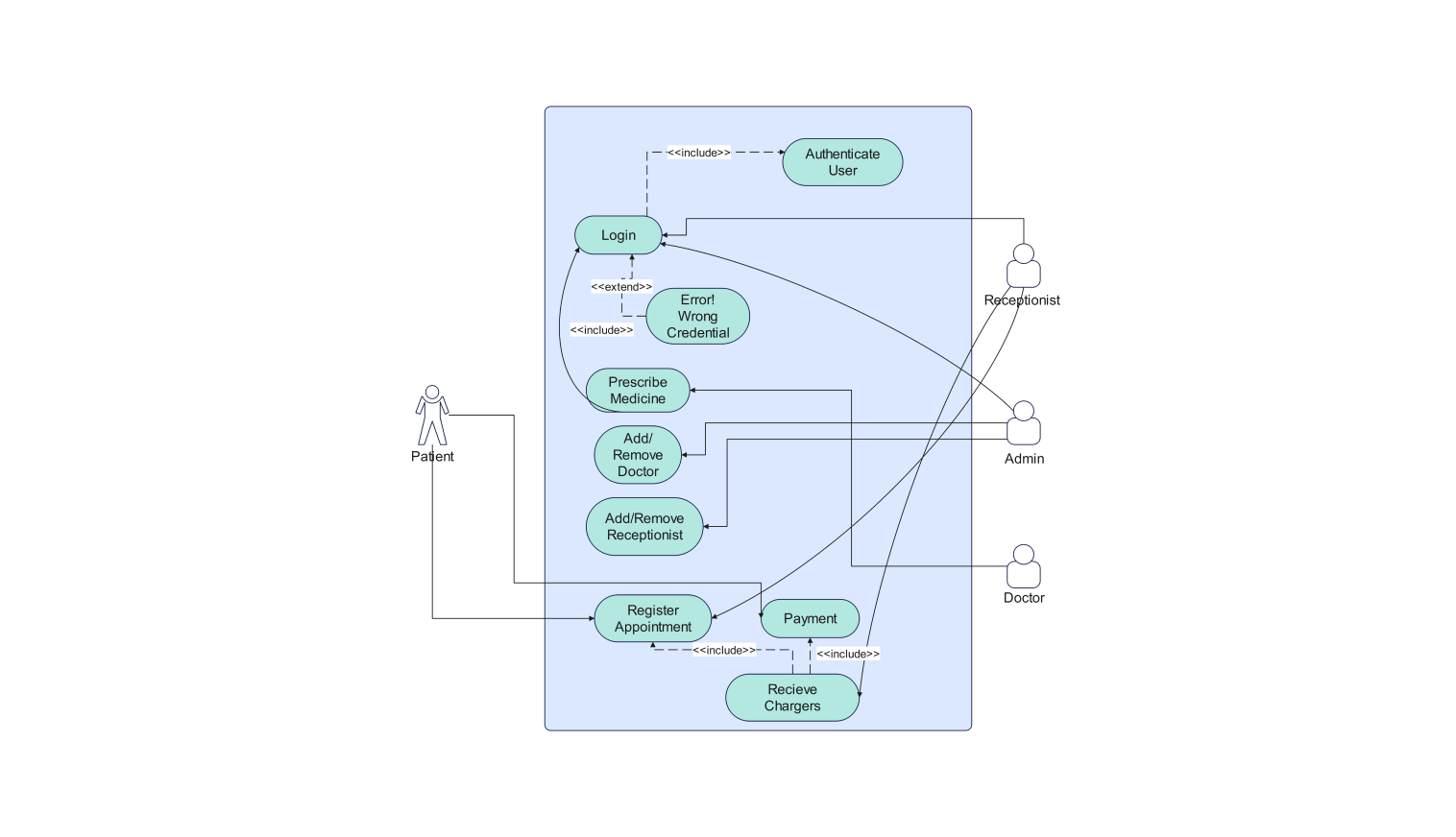- All templates
- Use case diagrams
- Use case diagram vending machine
About this use case diagram for vending machine
The following UML use case diagram for the vending machine shows the interactions of two actors: a customer and a technician. They each use the machine in different ways to ensure it works and is usable. The customer undergoes a sequence of steps beginning with the selection of the item the machine sells.
After choosing a product, the customer may step forward to pay. This may include using various card payment systems, where applicable. The system releases the item after receiving the payment. This ends the interaction.
Moreover, a customer may elect to find out if there are any products in stock before making a selection and give comments on the purchase. Each of these activities constitutes a normal user experience and emphasizes easy and fast access to the goods.
The customer enjoys the vending machine. The technician, though, is focused on installing and fixing it for users. The technician's main tasks include, but aren't limited to, replenishing products when inventory is low. They must also check the equipment to reduce faults. These tasks are vital. They keep the machine working, fully stocked and serve customers without downtime.
The UML use case diagram for vending machines focuses on the users' and maintainers' functional needs. It highlights the roles of various actors. It shows how the system can meet the customer's needs. It also addresses the need for regular maintenance to keep the system functional.
This UML use case diagram can also be used by businesses or developers who want to get the overall picture of how such a machine is designed and make it more effective, user-friendly, and dependable reconciling all the campaigns.
Related templates
Get started with EdrawMax today
Create 210 types of diagrams online for free.
Draw a diagram free Draw a diagram free Draw a diagram free Draw a diagram free Draw a diagram free